Advancements in Treatment Modalities
Recent advancements in treatment modalities for tachycardia are significantly influencing the tachycardia market. Innovations such as catheter ablation and implantable cardioverter-defibrillators (ICDs) have transformed the management of tachycardia, offering patients more effective and less invasive options. The market for ICDs alone is projected to reach approximately $5 billion by 2026, indicating robust growth potential. These advancements not only improve patient outcomes but also enhance the overall efficiency of healthcare systems. As healthcare providers increasingly adopt these technologies, the demand for related products and services in the tachycardia market is expected to rise. This trend underscores the importance of continuous research and development in the field of cardiology.
Growing Awareness and Education Initiatives
The growing awareness of heart health and the importance of early detection of tachycardia is driving the tachycardia market. Educational campaigns by organizations such as the American Heart Association aim to inform the public about the risks associated with tachycardia and the need for timely medical intervention. This heightened awareness is likely to lead to increased screening and diagnosis rates, thereby expanding the patient base for tachycardia treatments. Furthermore, as more individuals become educated about their cardiovascular health, the demand for monitoring devices and therapeutic options is expected to rise. This trend suggests a positive outlook for the tachycardia market as awareness initiatives continue to gain traction.
Regulatory Support for Innovative Therapies
Regulatory support for innovative therapies is playing a pivotal role in shaping the tachycardia market. The FDA has been actively streamlining the approval process for new cardiac devices and treatments, which encourages manufacturers to invest in research and development. This regulatory environment fosters innovation, allowing for the introduction of cutting-edge therapies that can effectively manage tachycardia. As a result, the market is witnessing a surge in new product launches, which are expected to enhance treatment options for patients. The supportive regulatory landscape not only benefits manufacturers but also ensures that patients have access to the latest advancements in tachycardia management.
Rising Incidence of Cardiovascular Diseases
The increasing prevalence of cardiovascular diseases in the US is a primary driver for the tachycardia market. According to the CDC, heart disease remains the leading cause of death, accounting for approximately 697,000 deaths annually. This alarming statistic highlights the urgent need for effective tachycardia management solutions. As more individuals are diagnosed with conditions that lead to tachycardia, healthcare providers are compelled to seek advanced treatment options. The growing patient population necessitates innovative therapies and monitoring devices, thereby propelling the tachycardia market forward. Furthermore, the aging population, which is more susceptible to heart-related issues, contributes to this trend, suggesting a sustained demand for tachycardia interventions in the foreseeable future.
Increased Investment in Healthcare Infrastructure
The US government's commitment to enhancing healthcare infrastructure is a crucial driver for the tachycardia market. Investments in healthcare facilities, particularly in cardiology departments, are expected to improve access to advanced diagnostic and treatment options for tachycardia. The recent allocation of $1.5 billion for cardiovascular health initiatives indicates a strong focus on improving patient care. Enhanced infrastructure not only facilitates better patient management but also encourages the adoption of innovative technologies in the tachycardia market. As healthcare systems evolve, the integration of advanced monitoring and treatment solutions is likely to become more prevalent, further stimulating market growth.


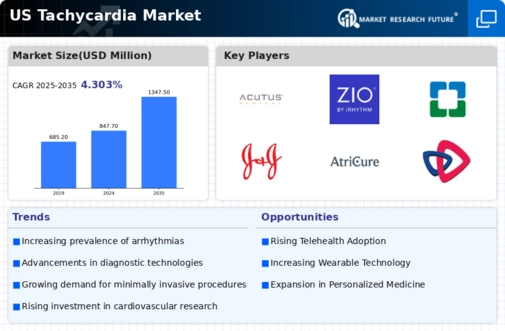
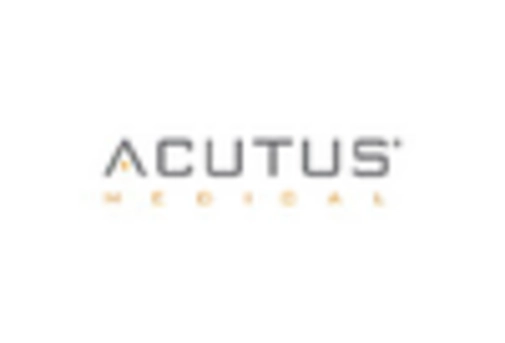
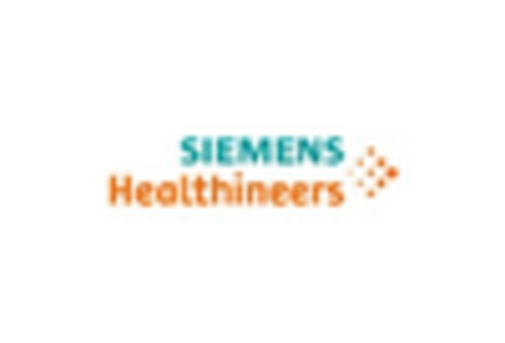
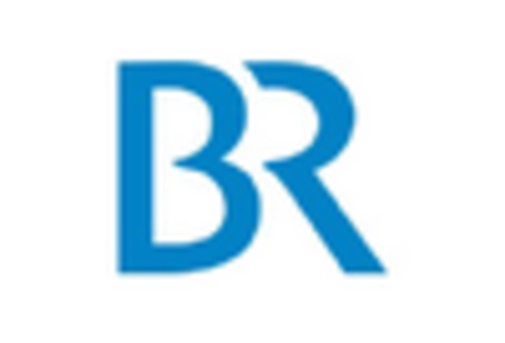
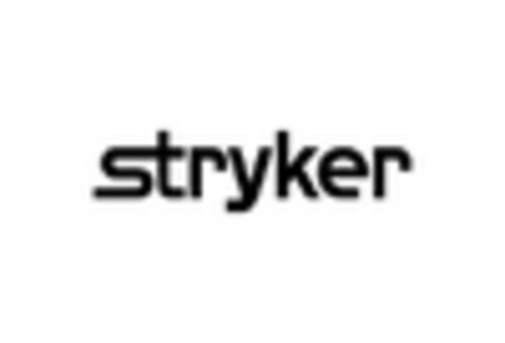
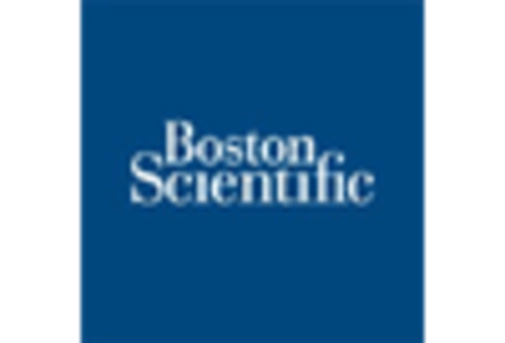














Leave a Comment